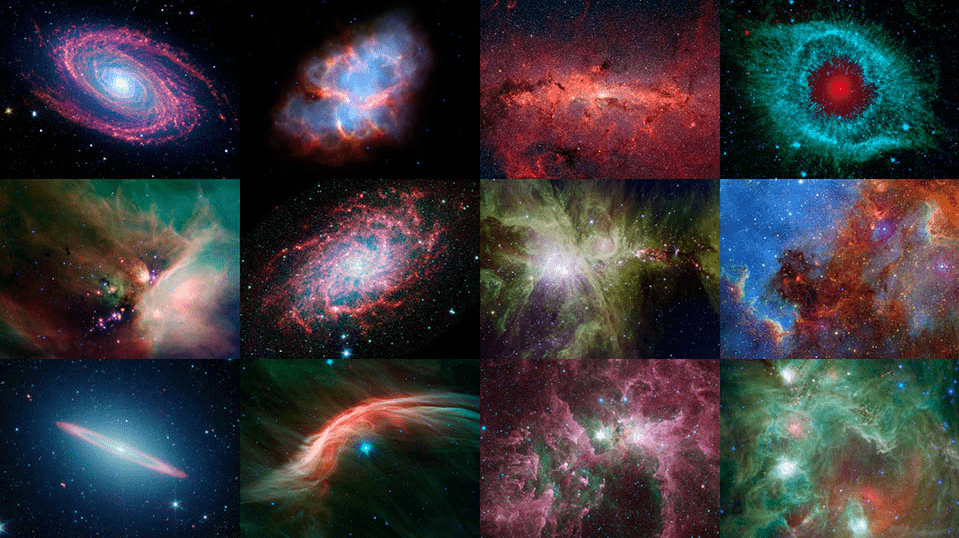
New images of the asteroid Pallas (the clearest and most detailed to date) reveal that it looks like a "golf ball", an indication that it probably had a very violent past.
Continue reading

The Mars 2020 rover, which will launch this summer, will be the third NASA mission to bring a microphone to the Red Planet.
Continue reading

SpaceX recently announced that it could be taking Starlink public, giving investors a chance to get a piece of this lucrative satellite internet company.
Continue reading

The ESA's Solar Orbiter launched earlier today on its five-year mission to study the Sun, which scientists hope will lead to a better understanding of solar weather.
Continue reading

According to recent filings with the FCC, SpaceX hopes to conduct their first test flight with the Starship Mk 3 prototype as early as mid-March of 2020.
Continue reading

A new study proposes how thermoradiative technology could be used to make "anti-solar" cells that would work at night. Credit: SolarReserve
Continue reading


















